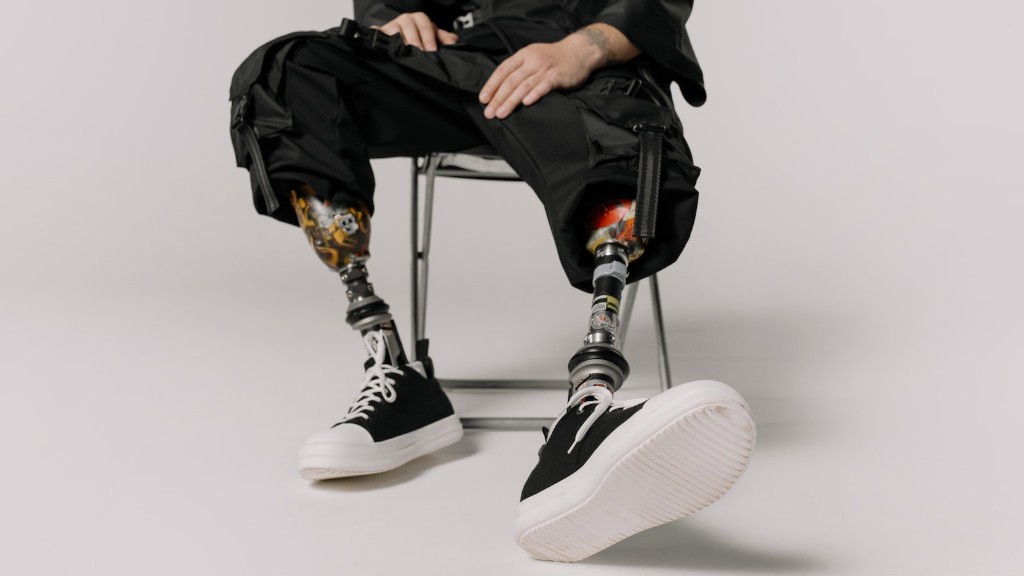The Positive Implications: A New Avenue for Artistic Expression
The ability to draw using a prosthetic hand and arm provides individuals with limb loss a new avenue for artistic expression. Traditionally, individuals with limb loss struggle to engage in activities that require fine motor skills, such as drawing. However, advanced prosthetic limbs equipped with drawing capabilities can bridge this gap, allowing individuals to express their creativity in a whole new way.
Moreover, this breakthrough in assistive technology opens up opportunities for individuals to pursue careers in the arts. Previously, the artistic world may have seemed exclusive and inaccessible to individuals with limb loss. However, with the advent of prosthetic hand and arm drawing, these barriers begin to crumble, creating a more inclusive artistic community.
Real-life examples highlight the positive impact of this innovation. Xander, a young artist who lost his arm in a car accident, found solace and regained his passion for art with the use of a prosthetic hand capable of drawing. Xander’s story is just one of many, illustrating how advances in assistive technology can empower individuals to pursue their dreams and passions.
The Negative Implications: Concerns and Considerations
While the ability to draw with a prosthetic hand and arm holds immense promise, there are valid concerns that must be addressed. One major concern is the affordability and accessibility of this technology. Prosthetic limbs equipped with drawing capabilities may come with a hefty price tag, making it inaccessible to those with limited financial resources. This raises questions about inclusivity and whether this breakthrough in assistive technology will exacerbate existing inequalities.
Additionally, there may be a learning curve associated with using advanced prosthetic limbs for drawing. Individuals with limb loss may need to undergo extensive training and practice to master the use of these new devices effectively. Ensuring proper training and support systems are in place will be crucial to maximize the benefits of this technology.
A Call for Continued Research and Collaboration
Prosthetic hand and arm drawing is undoubtedly a remarkable innovation, but it is just the tip of the iceberg in the vast landscape of assistive technology. To fully harness the potential of this breakthrough, continued research and collaboration are essential.
Scientists, engineers, and designers must work hand in hand with individuals with limb loss to develop prosthetic limbs that fulfill their specific needs and desires. By involving end-users in the design process, we can ensure that assistive technology truly empowers and enhances the lives of those it is meant to serve.
Moreover, governmental and non-governmental organizations should invest in research and development to make these advanced prosthetic limbs more affordable and accessible to a wider population. By addressing affordability concerns and ensuring widespread availability, we can create a more equitable future where technology benefits all.
In conclusion, prosthetic hand and arm drawing holds incredible potential for individuals living with limb loss. It offers a new avenue for artistic expression, opening doors of opportunity and inclusivity. However, we must not overlook the concerns and considerations surrounding this technology. Affordability and accessibility must be prioritized, and individuals must receive adequate support and training. By continuing to innovate, collaborate, and advocate for those who would benefit from this breakthrough, we can build a future where everyone has the opportunity to pursue their passions and dreams.
